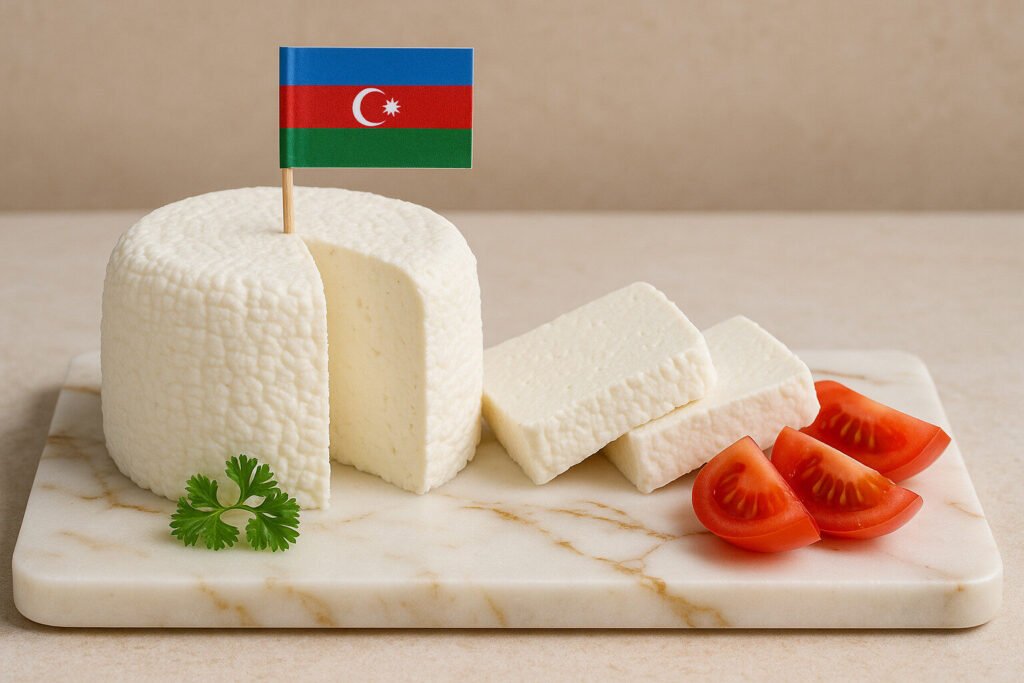High Salinity Cheese
Definition and Scope
High salinity in cheese refers to a deliberate salt concentration exceeding typical levels, often above 2% by weight. This category includes cheeses where salt is a dominant characteristic, influencing preservation and microbial activity. High salt content defines styles like feta and certain aged brined cheeses.
Salinity levels are controlled through methods like brining, dry salting, or surface rubbing. The salt content directly impacts moisture levels and rind development in aged varieties. It serves as a key preservative while inhibiting undesirable bacteria growth.
Production Techniques
Brining is the primary method for achieving high salinity, submerging cheese in salt-saturated solutions for hours or days. Duration and brine concentration determine final salt penetration and distribution. This technique is essential for cheeses requiring uniform salinity throughout the paste.
Dry salting involves applying salt directly to cheese surfaces during aging, creating concentration gradients. Some producers use salt-rich washes or rubs to develop characteristic crusts. These methods allow precise control over salt migration and final texture.
Sensory Profile
High salinity cheeses present immediate saltiness on the palate, often described as briny or oceanic. This dominant taste can mask subtle flavors while enhancing umami characteristics. The salt sensation typically persists through the finish.
Texture ranges from crumbly in brined cheeses to firm in salt-rubbed varieties. Salt content reduces perceived moisture and can create crystalline structures in aged examples. These cheeses often exhibit clean, sharp finishes with minimal bitterness.
Culinary Applications
High salinity cheeses function as seasoning agents in dishes like salads and pasta, reducing additional salt requirements. Their bold flavor stands up to strong ingredients like olives, capers, and anchovies. Crumbled varieties integrate well into grain bowls and vegetable preparations.
These cheeses pair effectively with sweet elements like honey or fresh fruits to balance salt intensity. They dissolve nicely in cooked applications, enhancing sauces and fillings. Their preservative qualities make them suitable for travel and outdoor consumption.
Regional Examples
Greek feta represents classic brined high-salinity cheese, traditionally made from sheep’s milk. Bulgarian sirene shares similar brining techniques but may incorporate goat’s milk. These Balkan cheeses typically achieve salt concentrations between 3-5%.
Turkish beyaz peynir and Romanian brânză telemea demonstrate regional variations in brine concentration and aging periods. Middle Eastern halloumi maintains high salinity despite its grilling properties. Each region’s water mineral content affects final salt perception.

